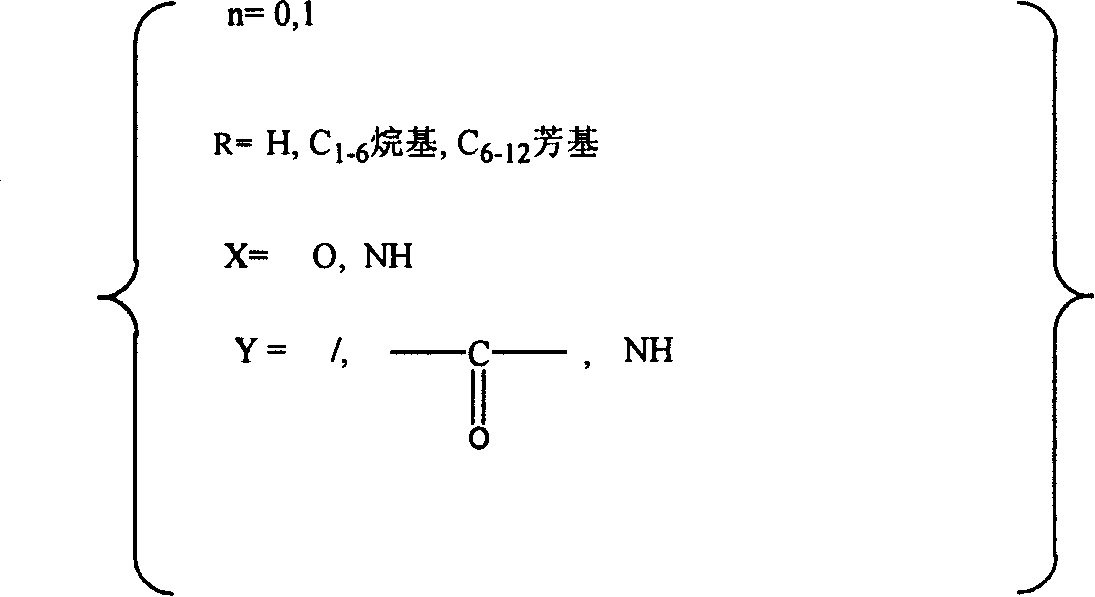Compound for preventing and treating bacterial infection and its prepn and use
A compound and bacterial technology, applied in the field of a class of compounds for treating or preventing bacterial infections and their preparation and use, can solve problems such as drug resistance
- Summary
- Abstract
- Description
- Claims
- Application Information
AI Technical Summary
Problems solved by technology
Method used
Image
Examples
Embodiment 1
[0098] Embodiment 1. the synthesis of novel antibacterial compound series
[0099]Infectious diseases are currently one of the main factors leading to the death of the world's population. According to the statistics of the World Health Organization in 2002, in the past 10 years, the number of deaths due to infectious diseases has exceeded a quarter of the world's annual death toll. There was once optimism that infectious diseases had been conquered because of the discovery of antibiotics. However, the ensuing problem of bacterial resistance has awakened human beings from their dreams. Half a century ago, most infections caused by Staphylococcus aureus were sensitive to penicillin. Today, such infections are not only resistant to penicillin, but also to many antibiotics developed later. In addition to hospital-acquired infections, the problem of bacterial resistance is threatening healthy populations. Diseases that were once manageable (such as gonorrhea, typhoid, and tuberc...
Embodiment 2
[0136] Example 2. Activity of Novel Antibacterial Compounds
[0137] The compounds EB-1 and EB-2 described here should be 4-(4-biphenyl)-4'-guanidinium methylbenzoate hydrochloride and 4-(4-aminobiphenyl) respectively -4'-guanidine methylbenzamide hydrochloride can specifically inhibit the growth of cocci. 8 synthetic compounds were tested against Staphylococcus aureus standard strain (ATCC25923), Sarcina luteus standard strain (ATCC9341), Staphylococcus epidermidis standard strain (ATCC12228), Pseudomonas aeruginosa standard strain (ATCC2785), Shigella standard strain (Shanghai Health and Epidemic Prevention Station 51573) and Escherichia coli standard strain (ATCC25922) the minimum inhibitory concentration (MIC, μg / ml), EB-1 and EB-2 against cocci MIC range from 1.25 to 10μg / ml. Compared with the broad-spectrum antibiotic ceftriaxone, the above compounds have no obvious inhibitory activity on rod-shaped bacteria (see Table 1).
[0138] Table 1
[0139] In order to know ...
PUM
 Login to View More
Login to View More Abstract
Description
Claims
Application Information
 Login to View More
Login to View More - R&D
- Intellectual Property
- Life Sciences
- Materials
- Tech Scout
- Unparalleled Data Quality
- Higher Quality Content
- 60% Fewer Hallucinations
Browse by: Latest US Patents, China's latest patents, Technical Efficacy Thesaurus, Application Domain, Technology Topic, Popular Technical Reports.
© 2025 PatSnap. All rights reserved.Legal|Privacy policy|Modern Slavery Act Transparency Statement|Sitemap|About US| Contact US: help@patsnap.com



